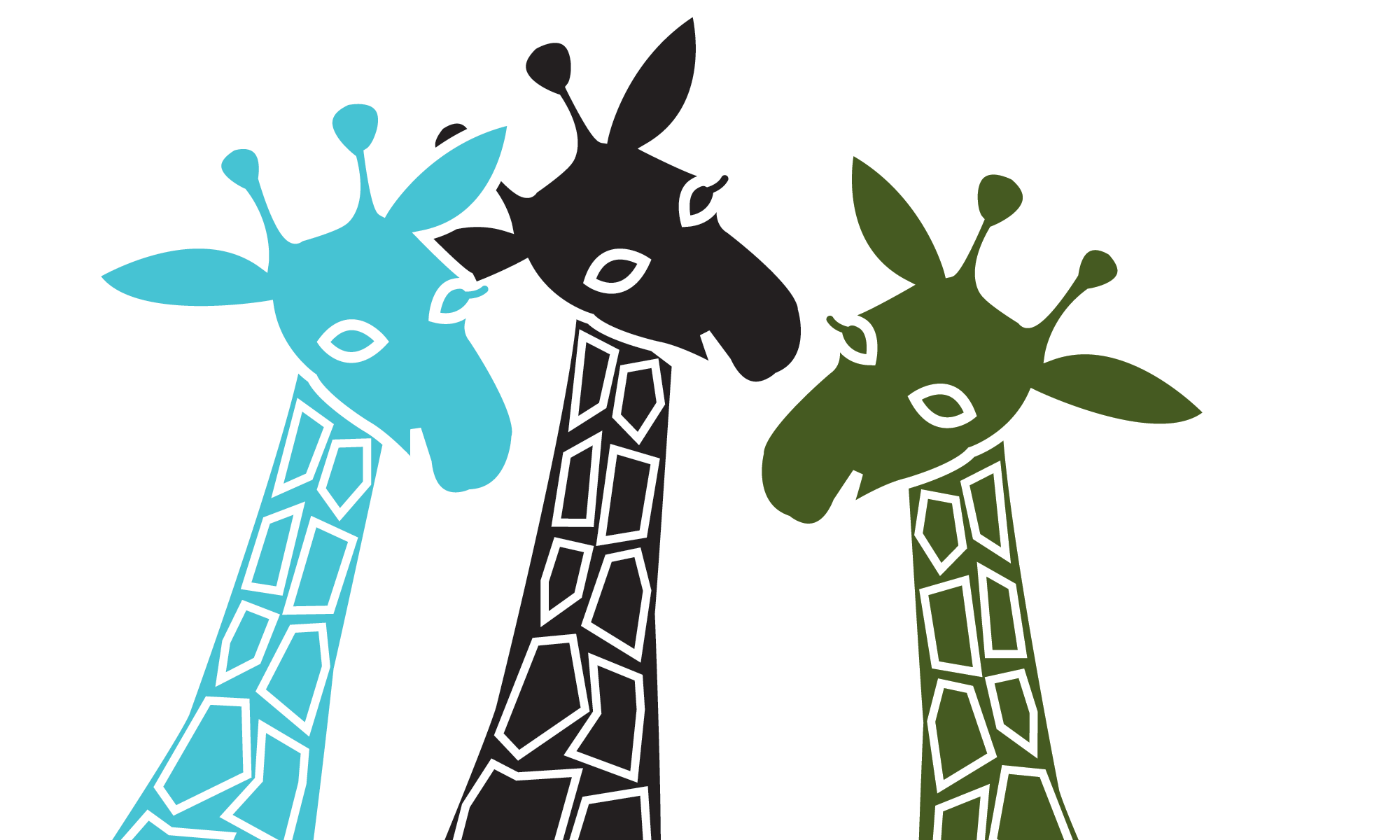Nonviolent Education in preschools
first results of an international study
„Violence-prevention in preschools“ might sound a bit tough in the context of young children. The term “Peace-education” has a softer touch but sounds maybe less effective. Both terms pursue in this context the same aim: to show and teach children “life skills”, how to solve conflicts in a constructive way – may it be by strengthen children’s self-esteem, teaching them to realize and name their emotions and feelings and to recognize them also by other persons, teach children special technics or by being a role-model in difficult situations. “Nonviolent Education” to use another term, is the goal of this international Daphne Project.
Recent studies show that a big part of “special behaviour” has its roots in early childhood experiences. The earlier intervention begins, the bigger are the chances that intervention is helpful. One of the first institutions, which children attend in their early years is the preschool. This is why preschools can play an important role in preventional work. Especially on the level of primary school exist already a lot of different programs for violent prevention, but until now, violence-prevention has no fix place in preschool-curricula or in the education of preschool-teachers.
The aim to compare the policies and needs concerning peace-education in different European countries led to the international Daphne-Project, funded by the European Commission and coordinated by IFOR (International Fellowship of Reconciliation) and the German “Förderverein Kinder, Jugend und Kultur Grenzach-Whylen e.V”.
Six European countries take part in this project: Belgium, Germany, Italy, Norway, Poland and Sweden. In each country worked one or two preschools together with a research-institution. The first phase contained an explorative pilot study[1]. The research – based on literature-analysis, interviews, observations and questionnaires – focus on three different levels:
– Educational System: which laws, curricula, programs or studies exists concerning non-violent education?
– Institution: how do the teachers work in a preschool, which needs do they have, what help do they get, etc?
– Children: how do children react in conflict situations?
The comparison of the results from the different European countries showed a lot of differences. The significance and attendance of preschools already in early ages is bigger in the Nordic countries Norway and Sweden as in the other four countries. In Poland are preschools not very common and the institutional education begins for a lot of children with the start of the primary school. Big differences were also seen in the group-size and the number of children for one educator. While in Sweden one educator comes to 5-6 children, in Belgium or Italy one educator is responsible for a group of 25 children. In these countries exist therefore more daily routines and structures while in Sweden the children have more possibilities to decide how they would like to spend their time.
Beside the differences were also common results found. In all six countries plays peace education a minor role in the curricula of the preschools nor is it a fix part in the education of preschool educators. That non-violent education is a subject in the daily work of a preschool is mostly dependent on the interests of the staff.
Even if the Swedish educational system on preschool level is more advanced compared to other European countries, there are still “gaps” visible when it comes to violent prevention. Especially a fix place in the education of preschool teachers for subjects concerning conflict solving is still open. Such courses could provide educators more knowledge to handle conflict situations in their daily working live so that they could help children in difficult situation to handle conflicts on different levels.
Based on the results from this pilot study the Daphne project intends in a next step to create and test an international program, which focuses on all the important levels: the Institution with its supportive national/local structures and laws, the educators and their education, the children themselves and as a fourth group the parents. As shown in the results and evaluation of already existing programs it is important to include all the different actors and levels in such a program. And a program, which includes all four levels, is at the moment non-existing on the educational map in European countries.
The comparison between Belgium, Germany, Italy, Norway, Poland and Sweden helps not only to see the differences and common problems but also to see the own situation in a new light. And it shows ways to go on in a hopefully successful work concerning peace education.
Susanne Gugger
[1] Due to financial and temporal restrictions, are the results of each country not representative for the whole country, but can give an impression of the situations in the different partner countries.

